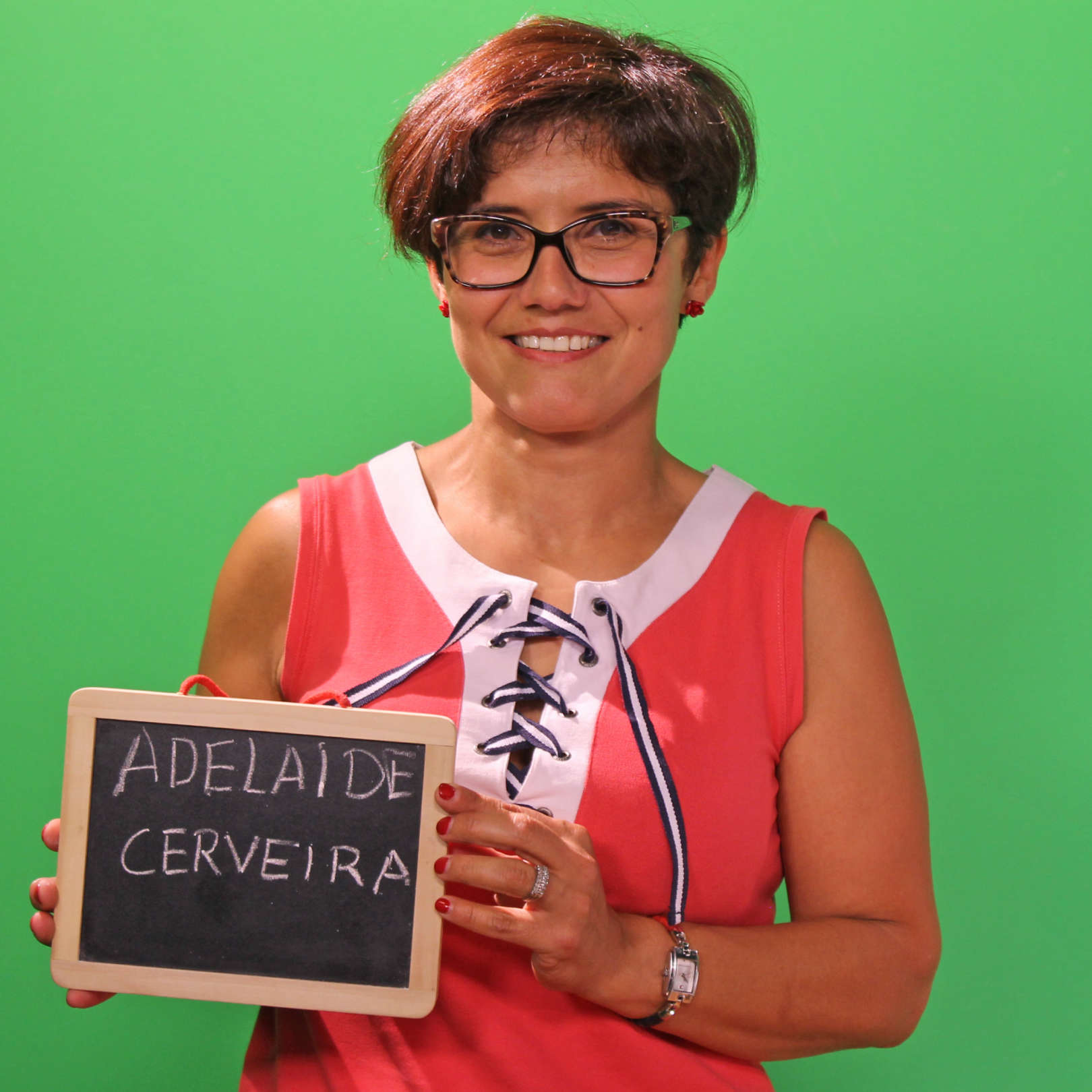About
Adelaide Cerveira received the B.Sc. degree in Mathematics- Operations Research branch from the University of Coimbra, Coimbra, Portugal, in 1993, the M.Sc. degree in Operations Research from the University of Lisbon, Lisbon, Portugal, in 1998, and the Ph.D. degree in Statistics and Operations Research from the University of Lisbon, Lisbon, Portugal, in 2006.
She is currently an Auxiliary Professor in Mathematics Department of Science and Technology School with UTAD.
Her current research interests include combinatorial optimization and applications, especially on forest management and Network Design. Her past research also includes Semidefinite Programming and applications to Structural Design.


